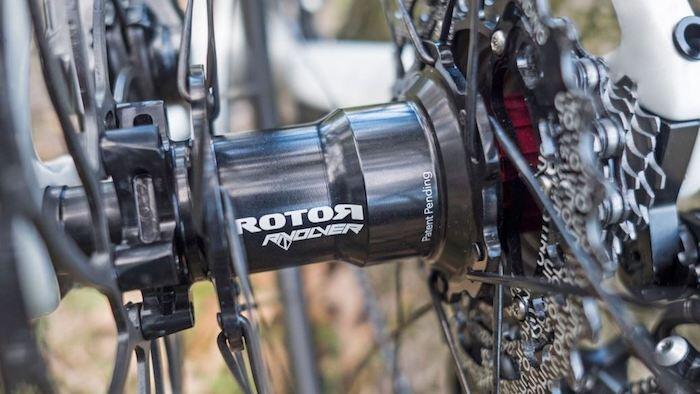Tips for the Maintenance of Your Disc Brakes

Nowadays disc brakes are fundamental in the Mountain bikes, and they are becoming an unstoppable force in the present and future of road bikes.
If you do MTB, road or both, from Rotor they give you the best tips to help you with the maintenance of your disc brakes.
During the last two years, it has been difficult to introduce disc brakes in professional races, as some cyclists and teams were against it.
The acceptance of disc brakes is a matter of time. Since ROTOR they know it and that is why they offer a system of disc brakes for road bikes called UNO, developed over the years with the German company Magura, a specialist in brakes, which offers RT8.
For those who do not use this system, The following tips can be used in any disc braking system and will help you in a simple way to keep the brake system in perfect condition from the first day.
1 Cleaning the brake pads and discs
This is rule number one. Keep them pads and disc brakes clean it is essential for the brake work correctly, and you can brake in the best possible way.
On the pads, simply remove the clamp and lightly sand it with fine sandpaper, enough to remove the bright enamel from the pill surface.
After a while, The pads can be crystallized and glazed, this causes a screech on the brakes and a notable decrease in braking force.
Sanding the pills gently will make them go back to their normal condition, eliminating any impurities and improving the braking force.
For disc brakes, use a specific brake cleaner for bikes or alcohol. Using a cloth, clean the disc of any residue from the pad, oil or impurities.
Check that there are no debris on the surface and if there is any, remove it to be able to brake more evenly.
Also check that the disc is straight, otherwise, use a suitable tool (never do it with dirty hands) and smooth it to avoid friction.
2 Check the pistons and mounting accessories
When you remove the pads to clean the brakes, it's good Check and clean the pistons at the same time. With the pads removed, carefully pull the handles, allowing the pistons to move 2-3mm.
Be careful not to pull too hard as you run the risk of the pistons popping out completely, and then you may have to bleed the brakes again.
Clean the inside of the brake with the proper tool (never use a screwdriver, as this can damage the pistons), push the pistons back to their original position, and retighten the brake pads. After completing these steps, check all the screws and check that everything is properly adjusted.
A loose disc brake can be dangerous during braking. Finally, check that there are no leaks in the system, especially around the brake levers.
3 Bleeding of the brakes
If you notice that the brake levers have a long way, the braking force will decrease, this means that you have to purge the hydraulic system. It is important to have the proper kit to bleed and use the type of hydraulic fluid recommended by the manufacturer.
In the case of ROTOR and the RT8, they use a mineral-based oil, and when you buy the brake kit, it comes with a recommended bleed kit.
Using the wrong hydraulic fluid can damage the seals in the braking system. Even if the braking system works perfectly, rWe recommend purging and changing the brake fluid once a year. This will help you maintain the system in perfect condition and help you to have a constant braking force.
If you do not know how to bleed your braking system, we suggest you take your bike to a qualified mechanic.
4 Durability of the pads and disc brakes
Both have a durability. In the case of Brake Pad, you can check it in a simple way visually, never wait until the pads are completely worn, as they could wear down to the metal part and damage the disc brake, which can be dangerous if you brake sharply.
The disc brakes have a minimum thickness to help check the amount worn and replace them if necessary.
5 Noises and Vibrations
To avoid noise and vibration in the braking system, it is important that the screws and adjustments are properly tightened. Clean pads and discs regularly.
Check that the quick releases are properly closed on both wheels and that there is nothing loose that could cause vibrations.
Some manufacturers reThey recommend to put a thin layer of grease at high temperature between the backrest of the brake pad and the pistons, to avoid vibration when braking.
This should be done in moderation and care to avoid losing strength when braking and having an accident.
There is also the possibility of caChange the compound of the brake pad, from organic to synthetic or vice versa. All this depends on the type of terrain and weather conditions.
There are no previous results.





























